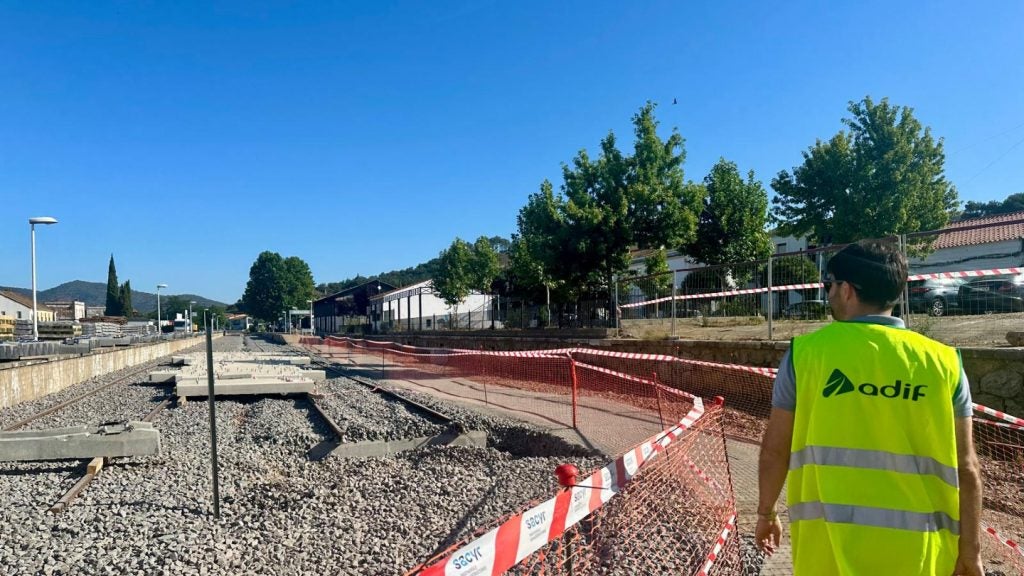Comprehensive guide to rail monitoring solutions: Introduction
In the dynamic world of rail transport, ensuring the safety and efficiency of rail operations is paramount.
Rail monitoring solutions play a crucial role in achieving this goal by providing critical data and insights into the condition and performance of rail infrastructure and rolling stock.
Our expertly researched buyer’s guide is tailored for businesses and professionals in the rail industry.
Those who should find this information valuable include rail operators, maintenance crews, infrastructure managers, and safety inspectors, all of whom rely on rail monitoring systems to maintain and enhance their operations.
Key considerations in selecting rail monitoring solutions
When searching for rail monitoring solutions, companies must consider several factors.
See Also:
Buyers should focus on bespoke requirements and select a system that meets their specific needs.
With this in mind, some of the primary considerations usually include:
System Compatibility and Integration
Any considered or chosen solution should seamlessly integrate with existing infrastructure and systems.
This will allow for a unified approach to rail monitoring.
Real-time Data Acquisition
A robust rail monitoring system should offer real-time data collection and analysis.
This serves to both enable prompt decision-making and action, as well as allow companies to make swift decisions at all times.
Accuracy and Reliability
High precision in data collection and a proven track record of reliability are essential for effective rail condition monitoring.
If a company can demonstrate this accuracy and reliability, it bodes well for their ability to provide reliable rail monitoring solutions.
Long Term Scalability
A rail monitoring system must be fully scalable.
In addition to allowing for future expansion as the rail network grows or monitoring needs evolve, it also impacts ongoing costs if it removes the need for new systems.
User-Friendly Interface
An intuitive user interface ensures that all stakeholders can easily access and interpret monitoring data.
Having this can help with both internal and external operations, and help users get the most from the systems.
Cost-Effectiveness
While not compromising on quality, the solution should offer a good return on investment.
Buyers should carefully consider both upfront costs and long-term maintenance prices.
Support and Maintenance
Post-installation support and maintenance services are vital for the longevity and effectiveness of the rail monitoring system.
Buyers should look for the most comprehensive solutions offered by rail monitoring providers.
Industries benefiting from rail monitoring solutions
Rail monitoring solutions are indispensable across a range of sectors.
Some of those who find it particularly valuable include:
- Freight transport companies
- Passenger rail services
- Metro and light rail operators
- Rail infrastructure construction and maintenance firms
- Government bodies overseeing rail safety and regulations
Industry-leading systems in rail monitoring solutions
When evaluating rail monitoring solutions, companies and buyers should be aware of some of the more comprehensive rail condition monitoring options.
These include but are not limited to:
- Track geometry measurement systems
- Rail profile monitoring systems
- Wheel profile monitoring systems
- Trackbed condition monitoring systems
- Overhead line monitoring systems
- Train on-board diagnostics systems
- Acoustic monitoring systems for bearing and wheel defects
- Rail break detection systems
- Load distribution measurement systems
- Vibration monitoring systems for bridges and tunnels
- Temperature monitoring systems for rail and ambient conditions
- Rail wear and corrosion monitoring systems
- Signalling system integrity monitors
- Train positioning and speed monitoring systems
- Data analytics platforms for predictive maintenance
Latest technological advancements in rail monitoring solutions
The rail industry continues to benefit from a wide range of ongoing technological advancements.
With every new evolution, rail monitoring systems are being transformed, and the options available to buyers become more advanced and numerous.
Some of the latest innovations include, but are not necessarily limited to:
Artificial Intelligence (AI) and Machine Learning
These two technologies enable predictive analytics that are designed to forecast potential issues before they arise.
This can help companies adopt more proactive maintenance strategies.
Internet of Things (IoT)
IoT devices facilitate the collection of vast amounts of data from various components of the rail network, enhancing the granularity and scope of monitoring.
Autonomous Inspection Vehicles
Unmanned vehicles equipped with sensors and cameras can perform regular inspections without disrupting rail services.
Advanced Imaging Technologies
Techniques such as thermography and 3D laser scanning provide detailed visual assessments of rail infrastructure.
Wireless Sensor Networks
These networks allow for continuous monitoring without the need for extensive wiring, reducing installation and maintenance costs.
Big Data Analytics
The ability to process and analyse large datasets enables more accurate and comprehensive monitoring of rail conditions.
Rail monitoring solutions: Our conclusion
Rail monitoring solutions are critical for the safety, efficiency, and longevity of rail operations.
By considering the key factors outlined in this guide and staying abreast of technological advancements, companies in the rail industry can make informed decisions when selecting the most suitable rail monitoring systems for their needs.
References
- [Railway Technology](https://www.railway-technology.com)
- [International Railway Journal](https://www.railjournal.com)
- [Rail Engineer](https://www.railengineer.co.uk)






